Origins and Development
1. Early Camouflage Patterns:
- Historical Context: Camouflage has been used in military contexts since World War I, with early patterns designed to help conceal soldiers and equipment in specific environments. Traditional patterns often focused on blending with particular terrains, such as woodland or desert.- Challenges: As military operations expanded globally, the need for more versatile and adaptive camouflage patterns became apparent. Traditional patterns struggled to provide effective concealment across varied environments and conditions.
2. Introduction of MultiCam:
- Development: The MultiCam camouflage pattern was developed by Crye Precision, a company specialising in advanced military gear and apparel. The pattern was designed to address the limitations of existing camouflage options and provide effective concealment in diverse environments.- Launch: MultiCam was first introduced in 2002 and gained widespread attention for its innovative approach to camouflage design. The pattern was intended to be a universal solution for multiple environments, including woodland, desert, and urban settings.
Design and Features
1. Pattern Composition:
- Colour Palette: MultiCam features a multi-colour design that incorporates a range of hues, including green, tan, and brown. The pattern's colours are carefully selected to blend with various terrains and environments, enhancing its versatility.- Disruption Pattern: The design of MultiCam utilises a "disruption" pattern, where colours and shapes are arranged to break up the outline of the wearer. This approach helps to create a more effective visual disruption, making it harder for observers to identify and target individuals.
2. Adaptability:
- Versatility: One of MultiCam's key strengths is its ability to adapt to different environments. The pattern is designed to provide effective concealment in a range of settings, from dense forests to arid deserts.- Enhanced Performance: MultiCam has been tested in various conditions to ensure its effectiveness. Its design aims to optimise concealment in different lighting conditions, including both daylight and low-light environments.
Adoption and Impact
1. Military Adoption:
- U.S. Army and Other Forces: MultiCam was adopted by the U.S. Army in 2010 as the operational camouflage pattern for soldiers deployed in Afghanistan. The pattern was selected for its effectiveness in the Afghan terrain and its ability to blend with the varied landscape.- Global Use: Beyond the U.S. Army, MultiCam has been adopted by various military and law enforcement agencies around the world. Its versatility and effectiveness have made it a popular choice for forces operating in diverse environments.
2. Civilian and Tactical Use:
- Outdoor and Tactical Gear: MultiCam has also been embraced by civilian outdoor enthusiasts and tactical gear manufacturers. Its effectiveness in blending with different environments makes it a valuable choice for activities such as hunting, hiking, and survival training.- Fashion and Popular Culture: The distinctive appearance of MultiCam has led to its presence in popular culture and fashion. The pattern's association with military and tactical applications contributes to its appeal in various contexts.
Evolution and Future Developments
1. Ongoing Improvements:
- Pattern Variations: Since its introduction, MultiCam has undergone several updates and variations to enhance its effectiveness and adapt to changing operational requirements. These updates include modifications to the colour palette and pattern design.- Advanced Technologies: Advances in textile technology and camouflage research continue to drive innovations in camouflage patterns. MultiCam remains a benchmark for evaluating new developments and improving concealment techniques.
2. Legacy and Influence:
- Industry Standards: MultiCam's success has influenced the design of other camouflage patterns and has set a standard for versatility and effectiveness in military and tactical gear. Its impact is seen in the development of new patterns and the ongoing quest for improved concealment solutions.- Continued Use: As military and tactical operations evolve, MultiCam's legacy endures. Its ability to provide effective concealment in diverse environments ensures its continued relevance and use in various applications.
In Short
The development of the MultiCam camouflage pattern represents a significant advancement in the field of military camouflage. Designed to address the challenges of modern combat environments, MultiCam's versatile and adaptive design has made it a valuable tool for military, law enforcement, and civilian applications. Its success and ongoing influence underscore its importance in the evolution of camouflage technology and its role in enhancing concealment and operational effectiveness.


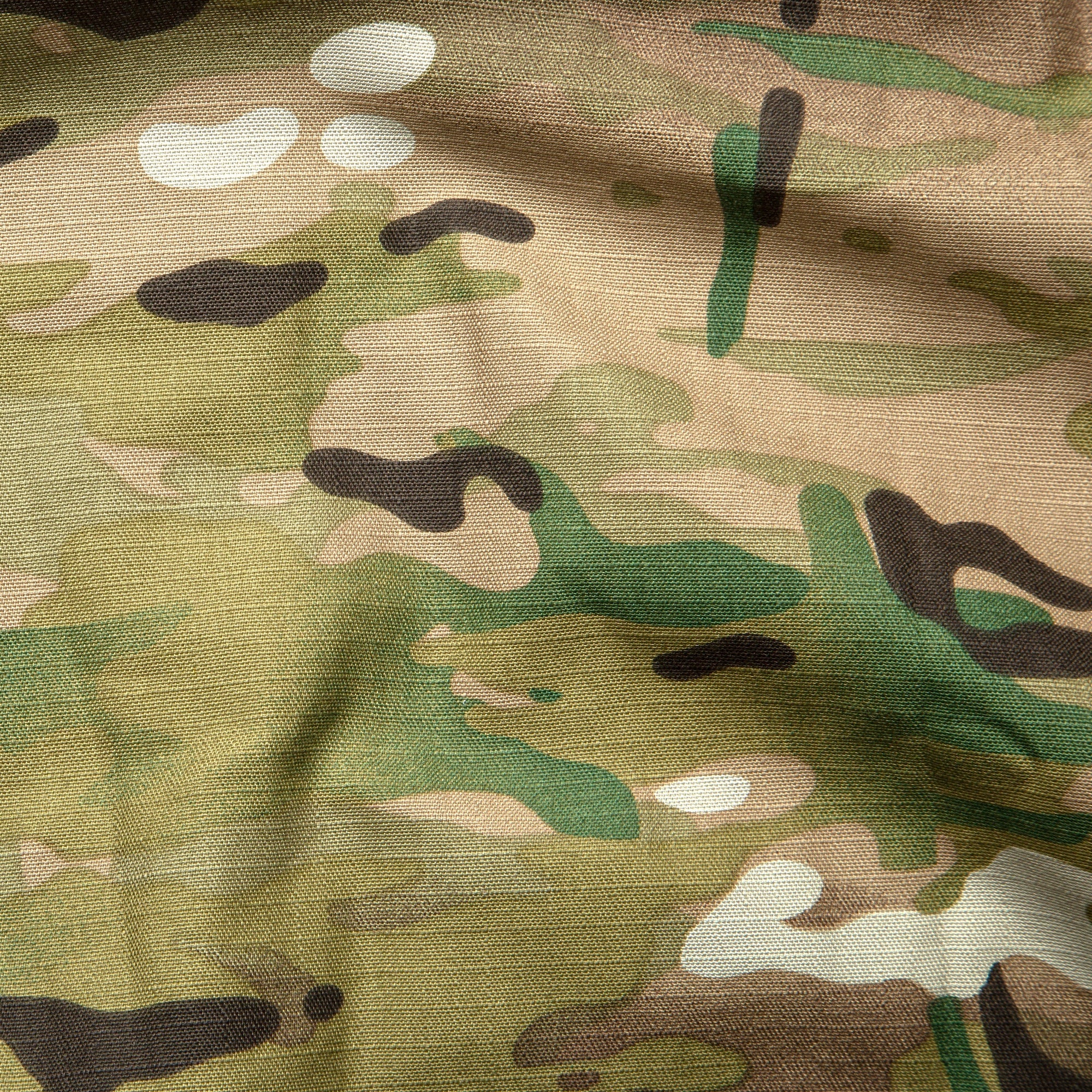
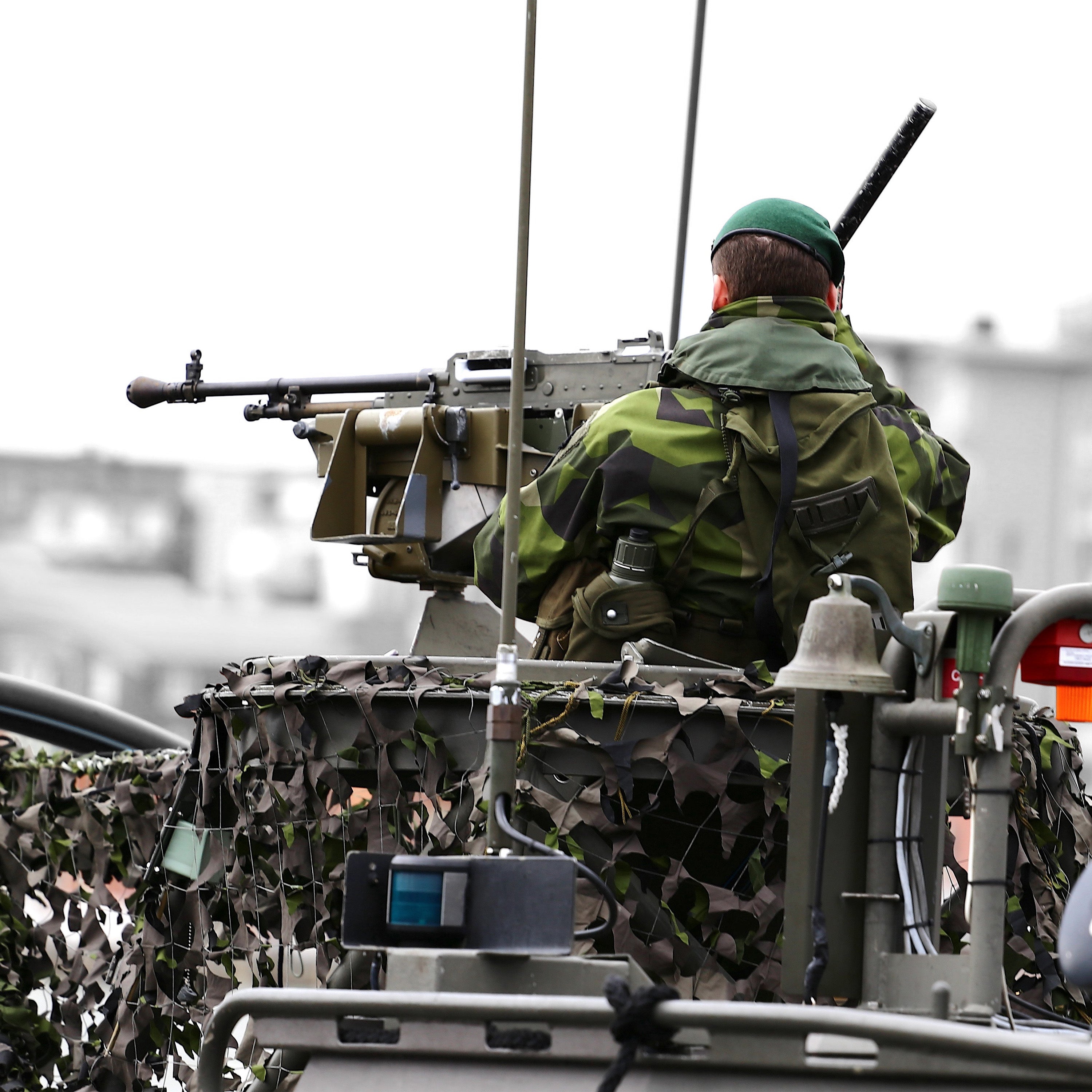
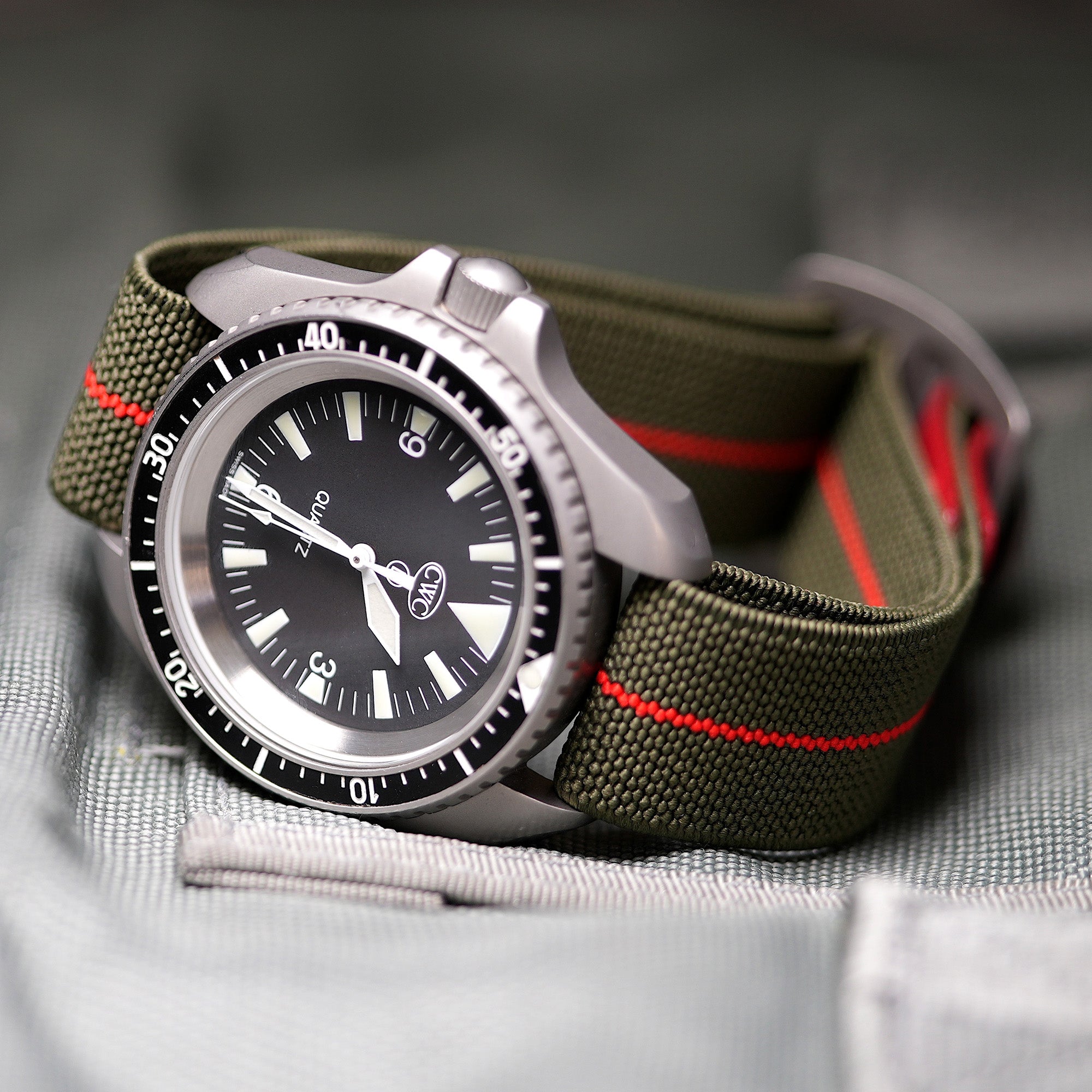
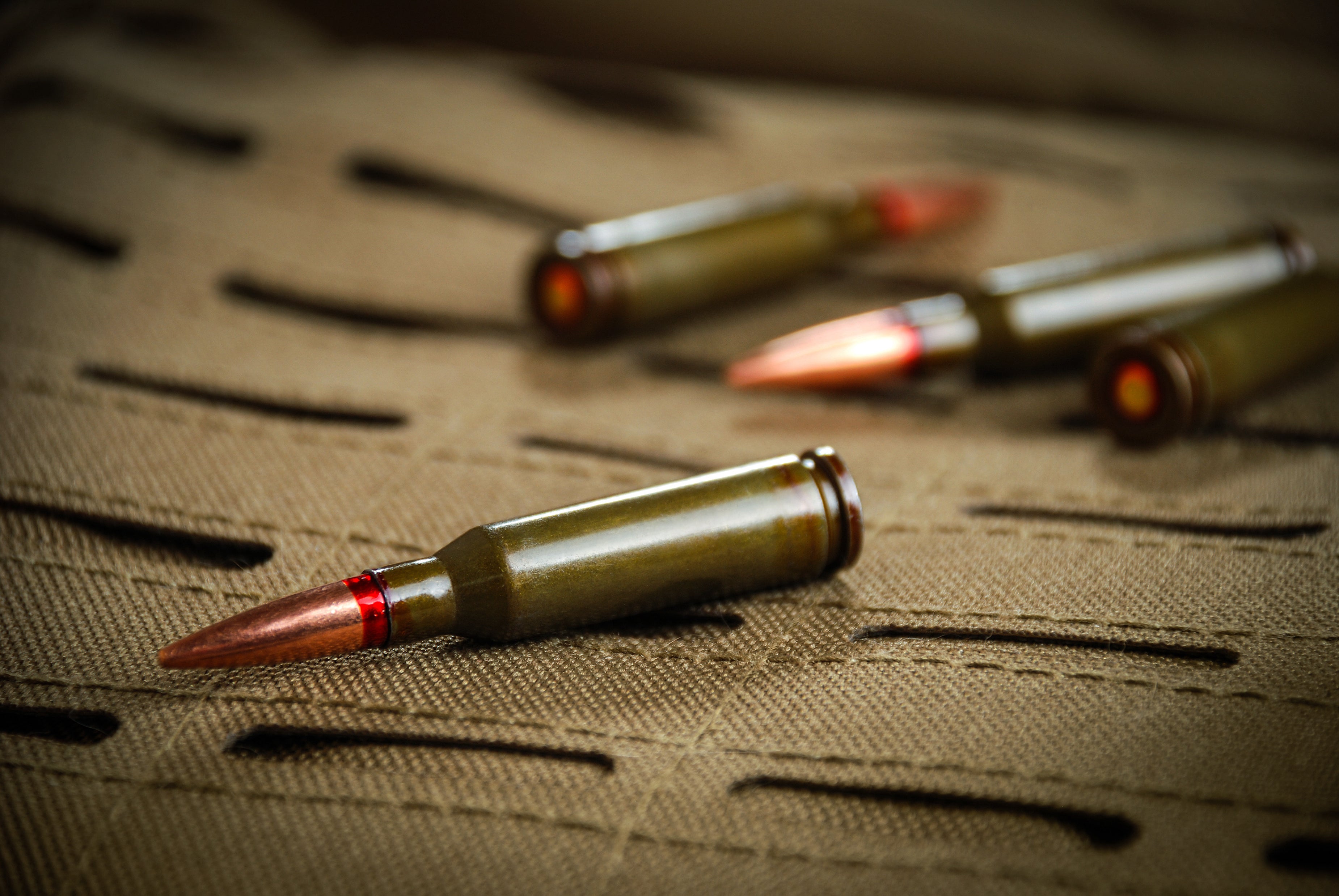
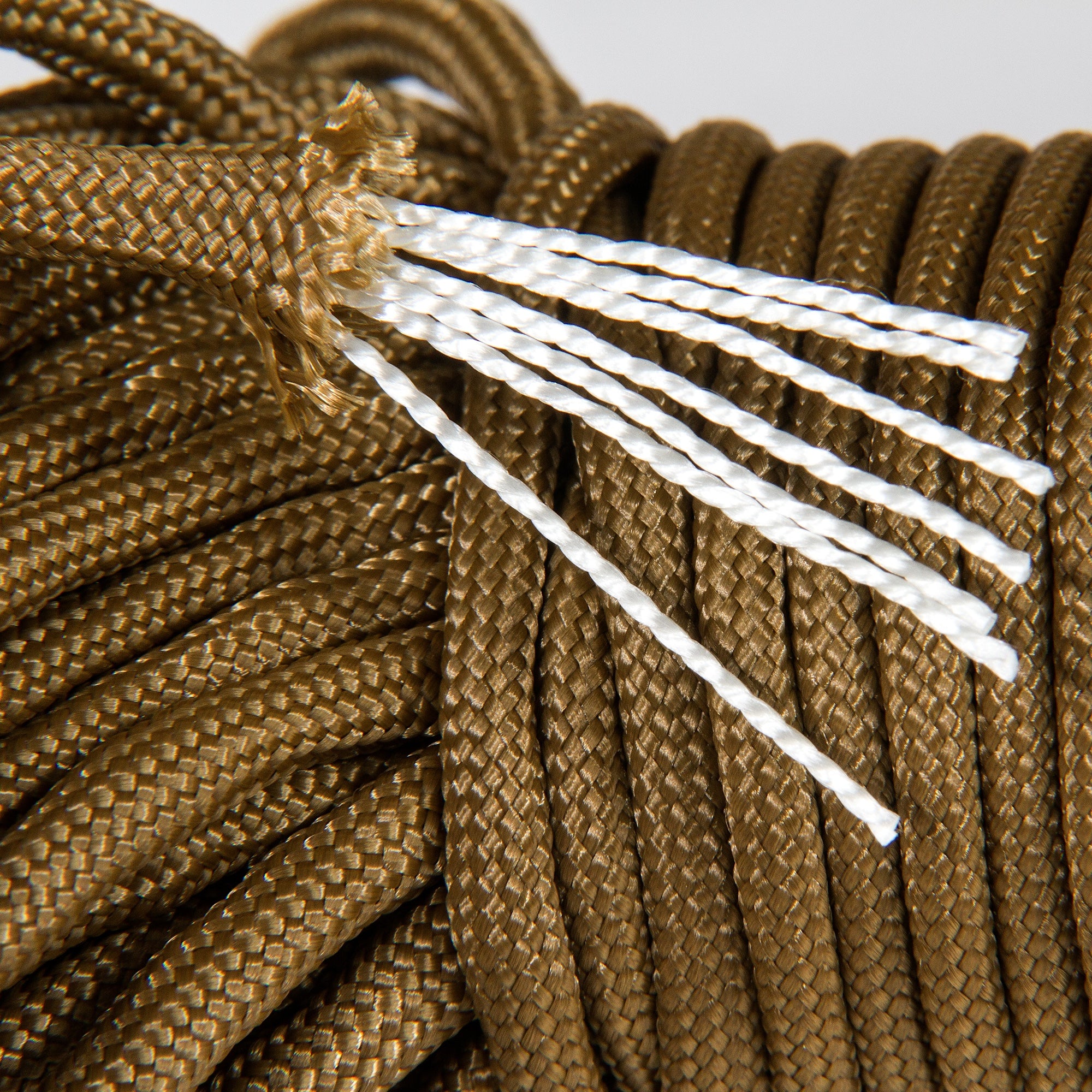

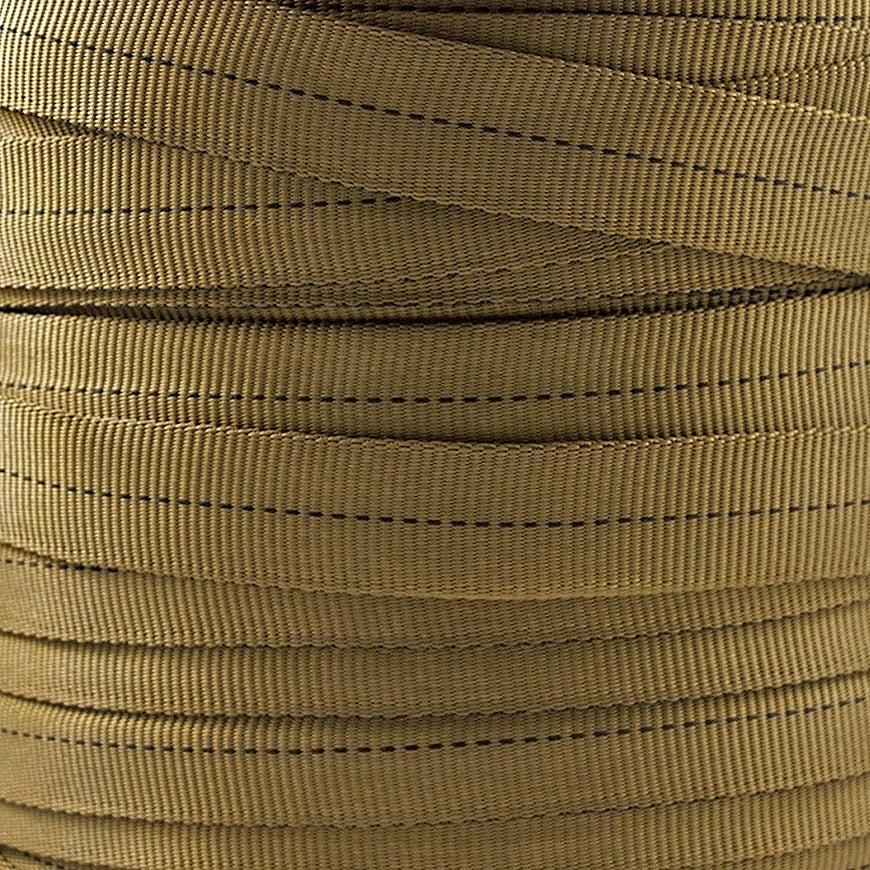


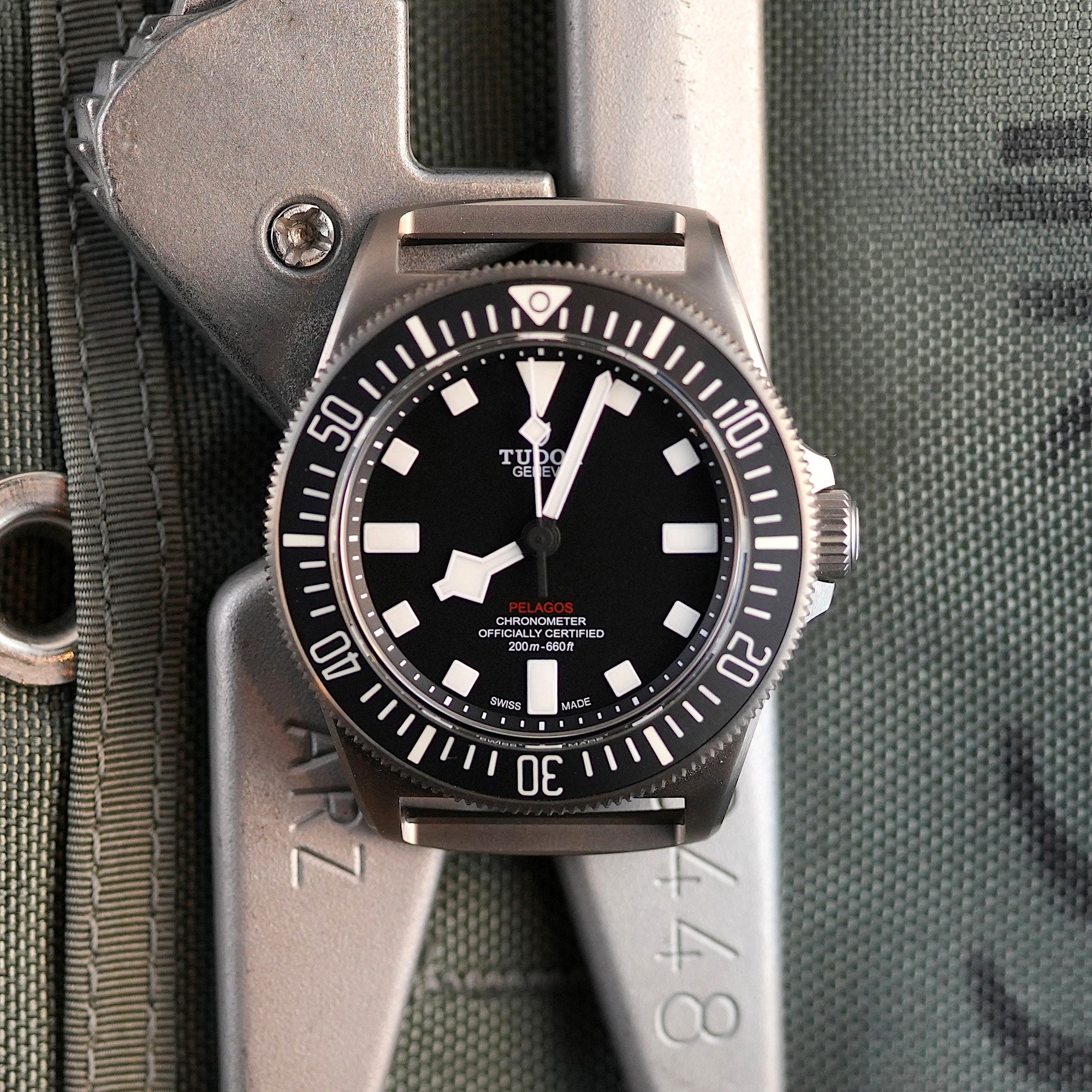
Share:
How Marine Nationale Divers Upcycled Parachute Elastic to Make Watch Straps
The Development and Use of 550 Paracord in the U.S. Military: A Durable Legacy